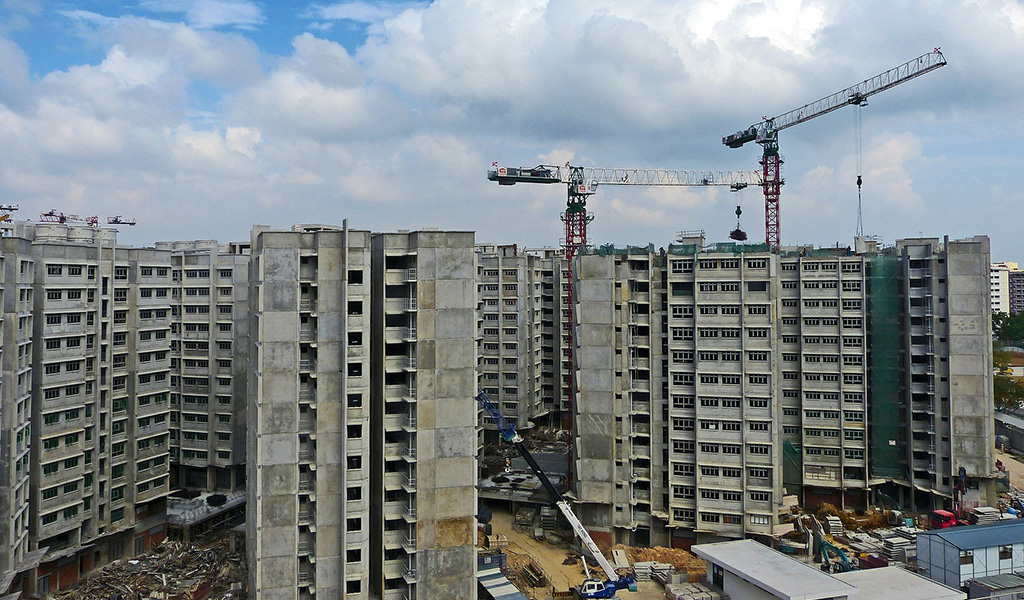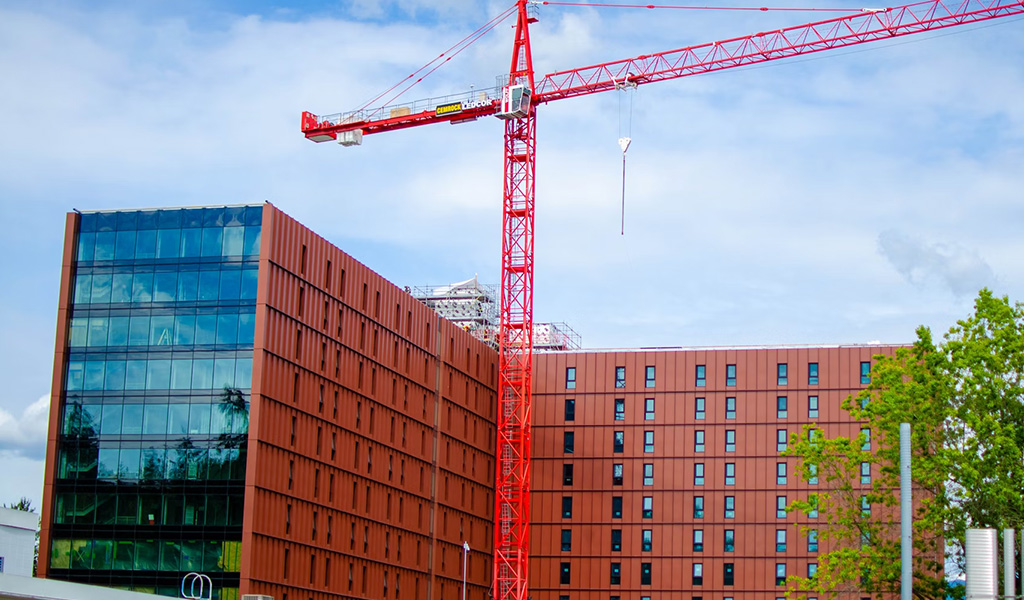
The construction of oil and gas plants is a highly complex process that demands precision, safety, and adherence to stringent regulations. These projects are often carried out in remote and harsh environments, presenting unique challenges that require innovative solutions. Understanding these challenges and implementing best practices is essential to ensure the success and safety of oil and gas plant construction projects.
One of the primary challenges in oil and gas plant construction is the need for rigorous safety protocols. Given the hazardous nature of the materials involved, maintaining a safe work environment is paramount. The construction phase must implement stringent safety measures, such as continuous monitoring of hazardous gas levels, strict adherence to safety standards, and regular training for workers. Advanced safety technologies, including automated monitoring systems and real-time alert mechanisms, can help identify potential risks early and prevent accidents.
Environmental impact is another significant concern in oil and gas plant construction. These projects can potentially harm local ecosystems, air, and water quality. Environmental protection strategies, such as using eco-friendly construction materials, implementing waste management protocols, and conducting thorough environmental impact assessments, are critical to minimize the ecological footprint. Utilizing technologies that reduce emissions and ensure efficient resource use can also play a pivotal role in promoting sustainable practices within the industry.
Logistics and project management complexities further add to the challenges of oil and gas plant construction. These projects often involve large-scale operations that require the coordination of various teams, equipment, and materials. Effective project management tools and techniques, such as Building Information Modeling (BIM) and advanced scheduling software, can streamline processes, improve coordination, and enhance overall efficiency. Real-time data analytics can also provide valuable insights into project performance, helping project managers make informed decisions and address potential issues promptly.
Another challenge is the integration of new technologies and equipment into existing infrastructure. As the oil and gas industry evolves, the incorporation of modern technologies such as automation, robotics, and advanced control systems becomes necessary. These technologies not only improve operational efficiency but also enhance safety and reduce costs. However, integrating them requires careful planning, skilled labor, and ongoing maintenance to ensure they operate effectively alongside traditional systems.
Finally, skilled labor shortages are a growing concern in the oil and gas construction industry. The demand for highly specialized skills, combined with the remote locations of many projects, makes it challenging to attract and retain qualified personnel. To address this, companies must invest in training programs, offer competitive compensation packages, and create a safe and conducive work environment. Partnering with educational institutions and investing in workforce development can also help bridge the skills gap.
In conclusion, while the construction of oil and gas plants presents numerous challenges, they can be effectively managed through the implementation of advanced safety measures, environmental protection strategies, efficient project management, and the integration of cutting-edge technologies. By addressing these challenges proactively, the industry can ensure the successful completion of projects while maintaining high safety, environmental, and operational standards.


